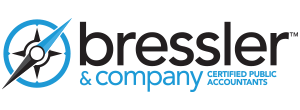Preserving Your Company’s Knowledge Capital
One of the biggest demographic trends that will affect us all over the next decades is the transition from baby boomers to Generation Y (or millenials).
Baby boomers are those born after World War II. They were the biggest and most influential generation from the ’60s on. Exact parameters vary, but now those from about 16 to 34 make up the largest generation in history. They’re tech savvy, less committed to working at one job, and want to do something meaningful.
More specifically, as Boomers age and retire they take with them “knowledge capital.” In some firms it’s said that their main assets walk out the door every night. When you hire new or younger people they may have tech skills that old timers don’t have, but don’t know many things about your specific organization. Normally they learn by being around your experienced people. If you have knowledgeable people retiring or leaving – and every firm of any size does – you should have a knowledge transfer plan.
Perhaps the simplest way to honor your existing people, make newcomers feel important, and achieve necessary knowledge transfer is to match people up in a mentoring program. Most companies don’t train their mentors, it just happens. Training is a good place to start. Because GenY tends to be tech savvy and those over 50 don’t, you may even get double duty out of matching people up. For instance, your new hire could work on the website and use the Boomer as a resource on what knowledge to capture on the site. In the process, the Boomer learns about the web. Working on social media together has similar effects. This educates both people as well as documenting knowledge.
There are many ways to go about knowledge transfer. With the big generational changes coming, the important thing is that you have a plan to achieve it rather than just assuming it will happen.





